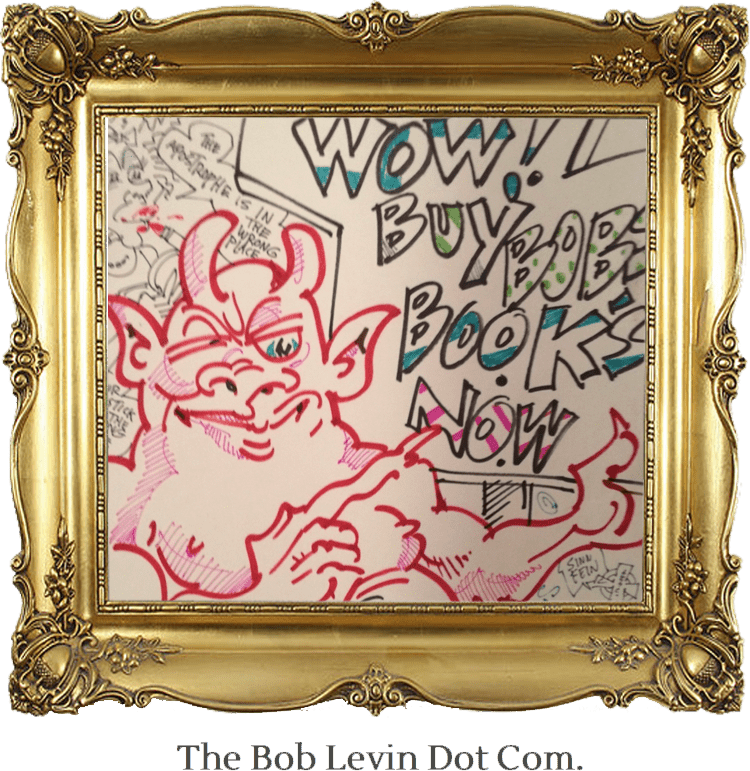…”Lovers at the Chameleon Club, Paris 1932″ by Francine Prose. Prose has written more than 20 books, of which I had never read one word, but I picked this one, a cast-off not-for-resale, review copy, off the Free Shelf at Café Bongo. It was pretty good.
The story behind the novel is even better. Prose had seen a copy of the photograph of two women, one in a tuxedo, taken by the Hungarian photographer Brassai. It was called “Lesbian Couple at Le Monicle, 1932,” The photo fascinated Prose. So did what she learned about the woman in the tuxedo, Violet Morris, an Olympic-caliber athlete and champion French auto racer, who spied for Germany, providing the information enabling its troops to breach the Maginot Line, and later worked for the Gestapo. The Resistance killed her in 1944.
Prose decided to tell Morris’s story, filling in the blanks, which appear to have been considerable, in an imaginative multi-narrative way. Gabor Tsenyi, a Hungarian photographer, writes letters to his parents. His lover, Suzanne Dunois, an artists’ model, writes a manuscript to be destroyed upon her death. Lily de Rossignol, an aristocratic former film star and Gabor’s patron, writes a best-selling memoir. Lionel Maine, Gabor’s friend and Suzanne’s ex-lover, an American (very) loosely resembling Henry Miller, writes a novel/memoir. And Nathalie Dunois, a high school teacher, writes a biography of Lou Villars, a cross-dressing lesbian, a former athlete, who works for the Nazis.
It makes for an engaging reading experience. A romp, one might say — except for the Nazis. The only bumpy portion of the ride — and an unfortunate one — was the Dunois contribution. Villars is the central figure in the novel, yet for reasons I could not identify, Prose left here as the only character not to speak for herself. Moreover, her “biographer” is not a particularly effective one. She sets forth scenes and relates conversations that she can only be making up, since she would not have been present and that there is no suggestion that the participants left any records she could base her reconstructions on. That aside, Prose does not provide Dunois with the imagination or intellect to penetrate Villars’ soul or heart in any satisfying way. (Prose even undercuts what she has Dunois present by having another character challenge the veracity of what Dunois has set down about her. It is like Prose is more interested in using Dunois to score points with post-modern critics than taking a direct shot at addressing “the mystery of evil,” which is what Dunois purported to be doing.)
There was one exception. When Dunois writes about the round up and expulsion of Paris’s Jews, it lands like the lighter flame Villars reportedly stuck into the eye of victims she tortured in her final role.
